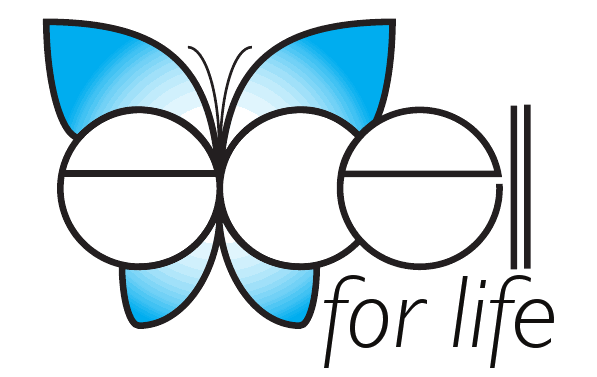The Vital Importance of Vitamin D
Increasingly over the past 2 years, research has shown that Vitamin D is likely the most important supplement. The U.S. Center for Disease Prevention estimates at least 60% of Americans are severely deficient in Vitamin D, and the number is significantly higher in the states in the upper half of our country. I have been checking Vitamin D levels at most of my physicals with my patients starting this year, and have found well over 90% are deficient!
New research suggests that this vitamin, known for helping to build strong bones, protects against and helps a wide variety of diseases, including cancers (including colon, prostate, and breast), asthma, diabetes, stroke, cardiovascular disease, multiple sclerosis, rheumatoid arthritis, macular degeneration, periodontal disease, mental illness, chronic pain, arthritis, other autoimmune disorders, and even boost longevity.
This sounds surprising for a mere vitamin, but Vitamin D is different. It is actually a steroid hormone that relays chemical messages throughout the body. It is involved in the maintenance of over 200 human genes.
Here are some recent findings in Vitamin D research. Men lacking in Vitamin D have more than double the risk of heart attack. In a four year study, women who took at least 1100 IU/day had a 60% reduction in breast cancer risk. Another study showed an 8% reduction in mortality among those taking Vitamin D supplements for three years. A Harvard study in 2007 found a connection between low levels of Vitamin D and prostate cancer. Another study showed a 75% reduction in risk for diabetes among those with the highest levels of Vitamin D. A study of women showed a 40% lower risk of multiple sclerosis in those who took at least 400 IU/day. Another newly published article studying teenagers found that teens with low levels of Vitamin D are more than twice as likely to have high blood pressure and diabetes, and four times more likely to have metabolic syndrome = consisting of hypertension, diabetes, obesity, and hypercholesterolemia.
How then can we and our children get enough Vitamin D? The strongest source by far is the UVB rays of the sun. Sitting outside without sunscreen for 20 minutes can give you more Vitamin D than 200 glasses of milk (and to get adequate levels of Vitamin D, this should be done a couple times a week, or 5 – 7 minutes in a tanning bed). However, this does increase your risk of skin cancer and is impossible much of the year in our climate. It is difficult to get adequate Vitamin D through food. Egg yolks, liver, salmon, mackerel, and tuna have it naturally, and each 8 oz glass of fortified milk has 100 IU.
The best way to insure an adequate amount of Vitamin D is through taking a Vitamin D-3 supplement. Experts disagree on the exact daily amount we should take, ranging from 1000 IU – 5000 IU (and even up to 10,000 IU in some cases) a day. Without checking blood levels, I recommend 1000 – 2000 IU/day for age twelve and older. Please call me if you want a blood level checked (and I will also check a calcium level), then I can see you back in 2 – 3 weeks to discuss your level of need (it takes 1-3 weeks to get the blood test back). The AAP just increased their recommendation for children of at least 400 IU/day. Many of the adults I have been checking levels on need 5000 IU/day. Our Vitamin D-3 is well absorbed and nicely very inexpensive – the 1000 IU vegetarian capsules are $16 for 6 months, and the 5000 IU capsules are $20 for 6 months. As I and experts agree, you need to purchase your supplements from a qualified physician, chiropractor, or health food store (most supplements at the drug and discount stores are very poor quality and not well absorbed or utilized in our body – soon you will be able to view my and Dr. Zimmer’s article on how to pick out vitamins and supplements on our website).
I recommend for everyone, in order of importance, to take Vitamin D for the reasons above, Omega 3 fatty acids (fish or flaxseed oil, unless you eat fish several times a week and a lot of nuts) for your heart-brain-joint health, Calcium (our calapatite with MCHC or calcium citrate) for women and children and anyone at risk of osteoporosis, a good Multivitamin for trace minerals and energy (1 – 2/day of our alphabase), and B complex and Vitamin C for antioxidants (and B for cardiovascular protection, nerve function, blood count, and even hot flashes), and 81 mg Aspirin for people with risk factors for heart disease and those over age 60 (unless aspirin is contraindicated for you).

